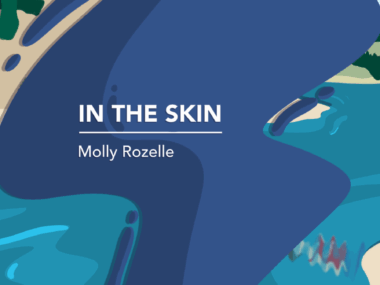Relief Therapeutics to get EU patent for antimicrobial spray for EB
Notice of allowance covers RLF-TD011 in EU until 2040
Written by |

RLF-TD011, an antimicrobial spray, will be granted European Union patent coverage for wound treatment in people with epidermolysis bullosa (EB).
The Relief Therapeutics treatment contains highly pure hypochlorous acid, a chemical with antimicrobial and anti-inflammatory properties. RLF-TD011 is marketed as Nexodyn for the management of chronic and acute wounds and other skin lesions.
The company said it received a notice of allowance from the European Patent Office signaling the office’s intent to grant a patent covering its hypochlorous acid solutions in European countries until 2040. The patent application was titled, “Therapeutic Uses of Oxidizing Hypotonic Acid Solutions.”
Similar patent applications in the U.S. and China are under review, Relief said.
“The anticipated grant of this patent represents an additional validation of our efforts to develop novel treatments for rare and devastating diseases like EB,” Giorgio Reiner, Relief’s chief scientific officer, said in a company press release. “This patent will strengthen the protection of our innovation as we continue advancing RLF-TD011’s development, with the ultimate goal of reaching patients who need it most.”
Formulation of naturally produced acid
EB comprises a group of conditions characterized by extremely fragile skin, leading to blisters and wounds from even minor friction. These may develop into chronic wounds.
RLF-TD011, previously known as APR-TD011, is a formulation of hypochlorous acid, which is naturally produced by the immune system in response to infection. The spray solution, developed using Relief’s proprietary technology, can be self-administered, avoiding skin contact that may lead to contamination.
The therapy is expected to control infection, reduce wound colonization by infectious microorganisms, and improve wound healing. The company says it may be an effective, easy-to-use, and fast treatment to manage wounds in people with EB.
RLF-TD011 has demonstrated efficacy in accelerating wound healing and reducing infections in previous trials in non-EB wounds. In preliminary EB cases, the treatment improved wound healing and tissue repair.
It is currently being tested in an investigator-initiated trial (NCT05533866) in 16 patients 6 months and older with junctional EB or dystrophic EB and wounds colonized with Staphylococcus aureus and/or Pseudomonas aeruginosa bacteria.
Participants’ wounds were treated with RLF-TD011 for eight weeks, and evaluated again four weeks later. Preliminary results demonstrated a significant reduction in Staphylococcus aureus, which correlated with wound healing, particularly wound size reduction. The treatment was also shown to increase the diversity of beneficial bacteria in EB wounds.
“The preliminary results showing a reduction in Staphylococcus aureus without disrupting the beneficial bacteria are particularly promising, as they highlight the potential of RLF-TD011 to address a critical need for targeted treatments in EB, ultimately improving patient outcomes,” Amy Paller, MD, the study’s principal investigator and chair of dermatology at Northwestern University, said in a separate company press release.
The U.S. Food and Drug Administration has granted the therapy orphan drug status, which qualifies Relief for incentives including seven years of marketing exclusivity if the therapy is ultimately approved.





